“Remote Medical Emergency Procedures and Patient or Training Education Tool”
Over the past 30 years, assessment of trauma patients has continually evolved because of an improved understanding of the distribution of mortality and the mechanisms that contribute to morbidity and mortality in trauma. The most recognized change we practice frequently is the the First Aid assessment and CPR process. Clinically we know now that without continuous blood circulation vs the old 5 chest compression’s and a breathe of the 80’s the patient is much more at risk. An initial evaluation of a person who is injured critically from multiple trauma is a challenging task, and every minute can make the difference between life and death.
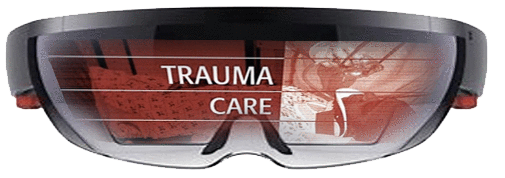
CONCEPT
Software programming that provides the off site attendant, field surgeon or equivalent to diagnose or even in extreme non transport (remote location) cases perform emergency surgery with the support of the medical field’s library and case history behind them. Alternative uses are for on going training in the classroom or care facility.
How to use the Software:
User places the HOLOLENS headset on scans the patient as they lay prone or supine. The more a patient can be scanned the better the ability to determine nature of situation.
The scan detects all the superficial elements of the Patient or Client and their Thermal Signatures. Field Operator or Attending Physician (FOAP) is able to verbally and manually input observations (ABC’s); the software then compares and tabulates the variables against the data base of known symptoms using AI and communicates back to the users the findings.
The Assessment when populated is then displayed for the FOAP; a supported medical or more informed decision as to how to proceed Pre-OP, Op and POST OP can be quickly concluded and conveyed.
The FOAP is able to also share the information with the Patient or Client so they can better understand what is happening or about to happen using the visual data being sent back therefore helping to best understand their diagnosis.
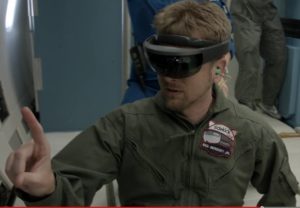
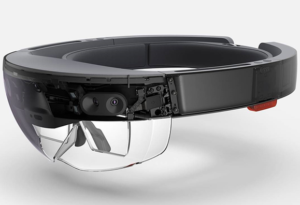
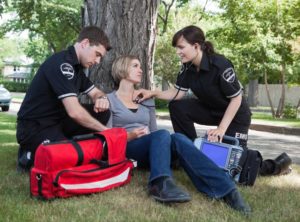
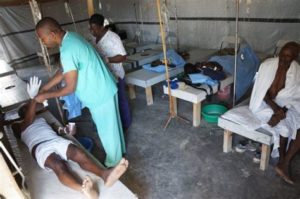
PHASE ONE
The ASSESSMENT and TRAINING Tools
User verbally interacts with the software to collect information on the patient or client. Software compares and suggests options as related to data and moves the process along for the FOAP as the prepare the patient for temporary relief, transport or surgery. Knowing what your dealing with is the hardest part of a human emergency; having that second opinion speeds up the process of life saving decision making.
- Thermal Scan
- Surface Scan
- Database of Symptoms
- Database of Procedures
- Skeletal, Muscular, Vascular, Endocrine and Nervous Systems Database
- Medical Case study Database
- Database of all surgical tools
Imagine a Diagnosis and Operation anywhere except the traditional Hospital!
PHASE TWO: SURGICAL INTERFACE
Surgery
- The FOAP prepares the Patient for surgery per the diagnosis described.
- The FOAP sees an overlay of the layers they are going to be effecting through the surgery.
- Layers are high definition images that are moveable and scale-able to better identify what the procedure will physically require.
- As the FOAP begins the incision they follow the digital overlay path; the software is always listening, scanning and changing the reporting as the FOAP interacts with the patient.
- Every stage of the procedure is captured and updated.
Need ASSISTANCE, a 2ND OPINION or a “SPECIALIST”
Effectively have an associate remote view and work along side them from anywhere there is a digital signal. Remotely the Attending Physician can either use a MIXED REALITY headset or a PC/MAC and Personal Devices to interact as a second set of eyes without worry of lag time. The Assist is able to guide the FOAP through the procedure visually /through shared rendered captures and highlighting the path the FOAP has to follow .
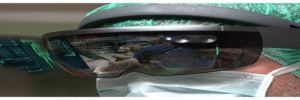
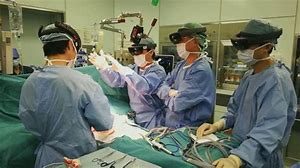

Whats on the market?
Currently the leaders in Mixed Reality applications for medicine are HOLOEYES and SCOPIS, both provide in-depth surgery assist tools. While impressive what is missing is the Initial Evaluation tool. Reaching out from remote locations and getting the best diagnosis is often difficult but more so getting a second opinion. The competition is focused on the information during the or Pre OP vs BTFOD focuses on training and initial evaluation phase.
STRENGTHS
Demand for on scene diagnosis
Portability
Limited Competition in growing market
Abundance of public data that can be uploaded saves on research
WEAKNESSES
Price – product prices at $3000 per headset
Durability – technology and plastics break or get damaged from use
Connectivity – remote or out of service areas limit live assist
OPPORTUNITY
Providing access to a medical library that is portable and interactive
Many rural areas throughout the world lacking medical accessibility
Limited Competition
Military and Good Samaritan uses
THREATS
Insurance Company evaluation of the service to diagnosis
Computers and current Apps
Phase 2 is entering the established market against company’s like Scopis and Holoeyes
Paramedic services app NEXT REALITY
Current University developers are also working on the newest tech interface
